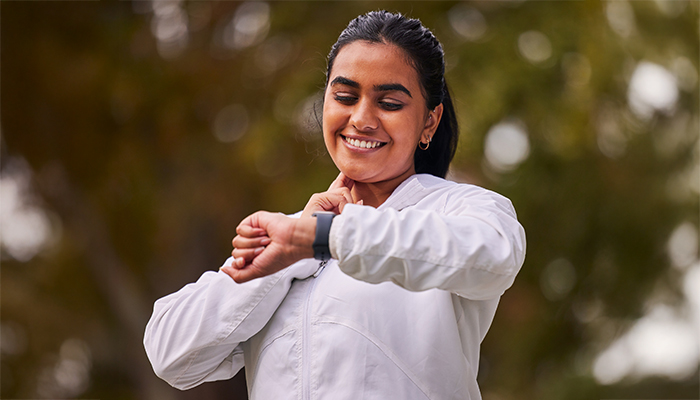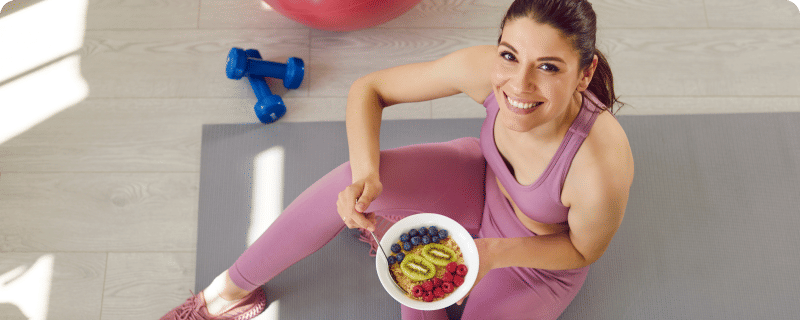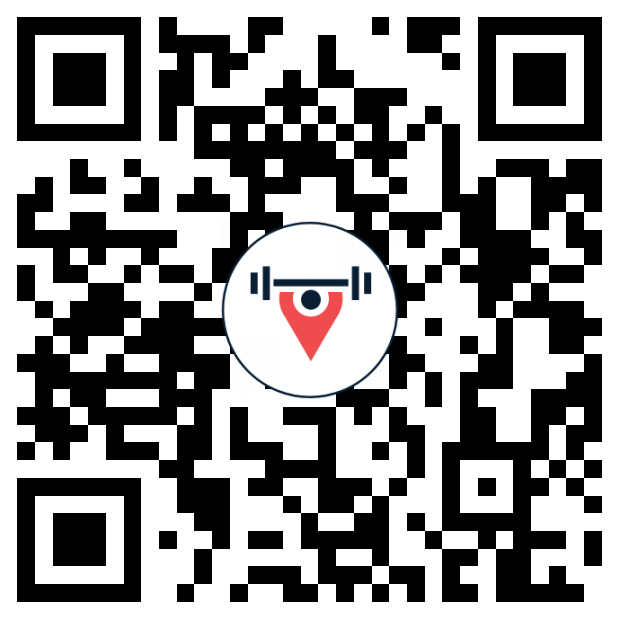WARMUP - The Foreplay To A Workout
Table of Contents
Every good story has a beginning. In fitness, the warm-up is the beginning. Skipping it is like starting a race without tying your shoelaces – unwise and risky. Whether you’re a beginner or an experienced athlete, a proper pre-workout warmup sets the tone for everything that follows. It gently wakes up your body, prepares your mind, and significantly reduces your chance of injury.
Let’s dive into why a warm-up is much more than a formality and how you can build a dynamic warm-up routine that gets your body ready for action.
Why is a Warm-up So Important?
Think of your body like a car on a cold morning. You wouldn’t slam the accelerator the moment you start the engine. Similarly, your muscles, joints, and heart need time to prepare. That’s where a warm-up comes in.
The importance of warm-up lies in how it gradually increases your heart rate and boosts blood flow to your muscles. This gentle increase in activity improves your flexibility and gets your body moving smoothly. It also mentally prepares you, helping you shift focus from the day’s stress to your workout goals.
The Benefits Of A Good Warm-Up
There are plenty of warm-up benefits that can positively affect your fitness routine. Here are the main ones:
- Reduces injury risk: Warm muscles are less likely to strain or tear.
- Improves performance: Your body responds better when it's primed for action.
- Increases mobility: Mobility drills during warm-ups improve your range of motion.
- Boosts circulation: A light sweat ensures muscles receive more oxygen.
- Sharpens mental focus: You feel more in control and committed to your workout.
A pre-exercise prep routine doesn’t need to be long. Just 10–15 minutes of the right warm-up exercises can make a huge difference.
What Does A Good Warm-Up Look Like?

An effective warm-up usually involves two key elements – a light cardio warm-up and a dynamic stretching warm-up. Both parts aim to increase your core body temperature and prepare muscles and joints for the work ahead.
Start with a light cardio warm-up like walking, slow jogging, or jumping jacks. This stage gets your heart rate up, which improves blood flow and warms your muscles.
Next, move on to dynamic stretching. These are movements that mimic the workout you’re about to do, but at a lower intensity. Think of leg swings, arm circles, or bodyweight lunges. Unlike static stretching, dynamic moves keep your body in motion and better prepare you for high-energy workouts.
Step-By-Step: Dynamic Warm-Up Routine
Here’s a basic dynamic warm-up routine that works for most full-body workouts. This can be done in under 10 minutes and is suitable before strength training, cardio sessions, or sports.
March or Jog in Place – 1 minute
Start by increasing your heart rate with simple movements. March on the spot or jog lightly to raise your body temperature.
Arm Circles – 30 seconds forwards, 30 seconds backwards
Warm up your shoulders with wide arm circles. Keep it controlled and smooth.
Leg Swings – 30 seconds each leg
Hold a wall for balance. Swing one leg forward and back. This boosts hip mobility.
Hip Circles – 30 seconds
Stand with your hands on your hips and make large circles with your hips. This improves lower back and hip flexibility.
Walking Lunges – 1 minute
Add a twist at the end of each lunge to engage your core and stretch the spine.
High Knees – 30 seconds
Drive your knees towards your chest quickly. This ramps up your heart rate.
Shoulder Rolls – 30 seconds
Loosen up tight upper-body muscles and prep for upper-body exercises.
Jumping Jacks – 1 minute
A fun and effective light cardio warm-up exercise to finish strong.
This pre-workout warmup wakes up every major muscle group and gets your joints moving smoothly. Once you’ve gone through it, you’re ready to go hard in your main workout.
Warm-Up Based On Workout Type

Warm-ups can be adjusted based on what kind of exercise you plan to do. Let's look at different approaches:
Strength Training
If you’re hitting the weights, focus on mobility drills and light resistance exercises. Add warm-up sets with just the bar or lighter weights before going heavy. Think of arm swings, shoulder rolls, and bodyweight squats as your go-to movements.
Cardio Workouts
A light cardio warm-up is perfect here. Start with a slow version of your planned activity. For example, walk briskly before you run or cycle slowly before picking up the pace. Include dynamic stretching warm-up moves that target the legs and back.
HIIT Sessions
With high-intensity interval training, your body needs to be especially prepared. Include fast-paced dynamic warm-up exercises like high knees, jumping jacks, and lunges with rotation. This will get your blood pumping and muscles ready to move fast.
Yoga or Pilates
While slower in nature, these workouts also need pre-exercise prep. Begin with gentle mobility flows, like cat-cow stretches, shoulder rolls, or spine twists.
Common Warm-Up Mistakes To Avoid
It’s easy to do warm-ups wrong or skip them altogether. Here are a few common mistakes:
- Skipping the warm-up: Never jump straight into exercise, especially intense training.
- Only doing static stretches: Save long-hold stretches for after your workout.
- Rushing the process: A warm-up isn’t effective if you’re rushing through it.
- Doing irrelevant movements: Match your dynamic warm-up routine to the workout ahead.
Not warming up in cold weather: When it’s chilly, your body needs extra time to get ready.
Warm-Up For Different Fitness Levels
For Beginners:
If you’re new to fitness, keep your warm-up exercises basic and low-impact. Marching in place, side steps, and shoulder rolls are a great start.
For Intermediate Levels:
You can go for more dynamic moves like lunges with twists, high knees, or inchworms.
For Advanced Levels:
Add plyometric-style moves such as squat jumps or quick-feet drills for an elevated heart rate warm-up that gets you primed for intense workouts.
No matter your level, the key is consistency. Make pre-workout warmups a non-negotiable part of your routine.
Make Warm-Ups A Habit
The best thing about warm-ups? They don’t require fancy equipment or a lot of time. Just your body, a few minutes, and the willingness to start right.
When you make warm-ups a regular part of your fitness routine, you’ll notice improvements in flexibility, coordination, and even workout results. You’ll also feel more in tune with your body and more confident in your movements.
Final Thoughts
A warm-up is not just a fitness ritual. It’s your body’s way of saying, “Let’s do this, safely and effectively.” Think of it as the foreplay before the actual workout – essential, necessary, and smart. Whether it's a light cardio warm-up, mobility drills, or a dynamic stretching warm-up, each step builds the foundation for a great workout.
Make the time. Feel the difference. See the results.
How long should a warm-up last?
A good pre-workout warmup should last between 8 to 15 minutes. The exact time depends on the intensity of your main workout and the temperature of your environment.
Can I skip warm-ups if I’m short on time?
No. Skipping a warm-up increases your risk of injury and reduces workout effectiveness. Even 5–7 minutes of focused dynamic warm-up exercises are better than none.
What’s the difference between static and dynamic stretching?
Static stretching involves holding a stretch for several seconds and is best after workouts. Dynamic stretching, used in warm-ups, involves moving parts of your body through a range of motion and is more effective for preparing muscles.
Should warm-ups be different for different workouts?
Yes. Tailor your dynamic warm-up routine to suit your planned activity. A cardio session requires different prep than a heavy lifting workout or a yoga class.


